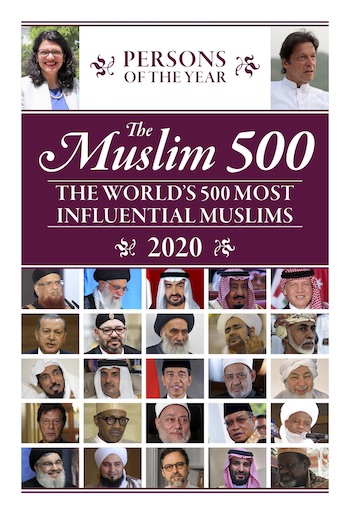What is a Madrasa? by Ebrahim Moosa
University of North Carolina Press
Book Review by Mahan Mirza
What is a Madrasa? blends ethnography, history, advocacy, and autobiography. It takes the reader inside institutions of traditional learning in India and Pakistan, shares the rhythm of everyday life, moves back and forth through time and texts, recounts glimpses of the author’s personal experiences, and advocates for changes in attitude and policy both from the wardens of the madrasas and from external agents engaging them on the national and international stage. One of the most engaging aspects of What is a Madrasa? is the anecdotes. From the beginning that recounts a somewhat gruff encounter with a religious skeptic to the end where the author visits competing madrasa franchises, illustrating how the same texts can be used to emphasize different teachings, the book stitches together a detached academic approach with an engaged and constructive one.
The articulation of a shift in madrasa culture from a “republic of letters to a republic of piety” is a particularly helpful conceptual contribution. There are two hallmarks of traditional madrasa education that Moosa highlights: 1) the virtual transnational community of scholars that it engenders, and 2) an emphasis on a rational core in the curriculum consisting of texts in logic and philosophy. But, argues Moosa, what was at one time the great strength of the curriculum also ended up being its downfall: its protagonists came to “believe the canon of texts is infused with an aura of sanctity.” (133) Unable to accommodate change, the “madrasa now plays a new role: it promotes piety, a lowest common denominator.” (140)
A smattering of names, institutions, texts, dates, and historical phases mesmerizes the narrative. Just leafing through two random pages, for example, gives us references to M. Qasim Naautvi (cofounder of the Deoband school), the Nizami curriculum (the madrasa curriculum named after its original compiler, Mulla Nizamuddin), Sayyid Ahmad Khan, Aligargh Muslim University, Nadwatul ‘Ulama, Mawlana M. Mongheri, the North Indian city of Kanpur, and Lucknow, an important center of learning and capital of the state of Uttar Pradesh. The references are numerous and at times repetitious, reentering the author’s narrative as and when relevant to the issue at hand. At times, important figures are introduced appropriately for a reader who is unfamiliar with the terrain. At other times, because the book is arranged thematically, not chronologically, it is difficult to keep track of casual references to important names, places, or texts that might have been introduced earlier or appear later in more detail.
What is a Madrasa? is heavily critical of media narratives about the madrasa, policies of entities like the US government to the madrasas, the decline in intellectual sophistication of madrasa culture, and the administrators within madrasas who are either unwilling or incapable of leading reform efforts. Moosa’s equal opportunity criticism provides a sense of balance, and it is accompanied with hope: he believes that there are tremendous resources within madrasas that can be harnessed for change, and he believes that Western policy can be enlightened to positively engage madrasas. In a move that seems unorthodox for academic writing—donning the hat of peacemaker—the author concludes his book with open letters to a madrasa leader and to the president of the United States, pleading for sanity.
Ebrahim Moosa is able to accomplish all that he does in this book because of the many scholarly perspectives he brings to it, accumulated through a lifetime of study and activism. He comes to the madrasas as a “friendly critic.” His criticism can only be received as emanating out of deep reverence and even love for the institution. Anyone who doubts this should pause on this biographical disclosure: “Spending six years inside India’s madrasas had left deep imprints that over time have become more significant. If I had to do it all again and choose between a madrasa education and a university, I suspect I would opt for a madrasa.” (29) Although this book is titled, What is a Madrasa?, one may look back at it one day as Who is Moosa?


